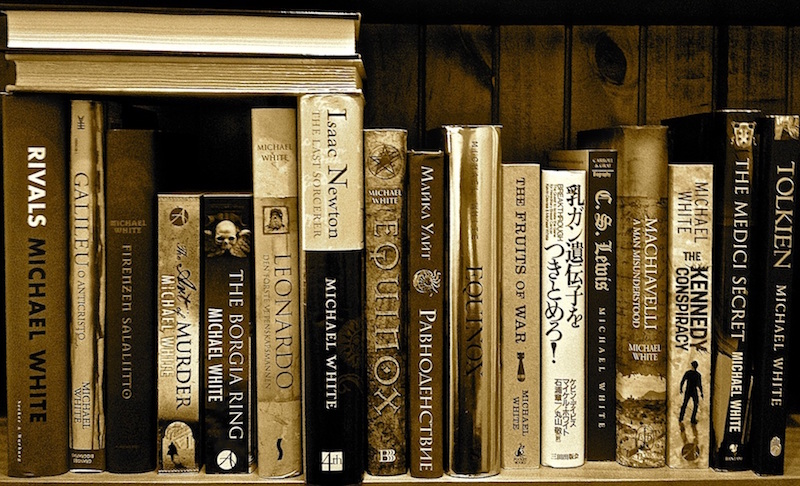Creating Scene-By-Scene outlines for Historical Novels
My brother once told me that he sometimes imagines me writing, and he sees me in a smoking jacket and cravat, thinking great thoughts and putting a few well chosen words on the page. He is of course wrong in every respect. For those writing historical fiction, their labours are often skewed towards research. So, before any well chosen words are written I would spend a lot of time in libraries and reading about the era I’m writing about.
Next I have to work out the plot. In some ways this is the most stressful and demanding stage. I am a plot-driven writer. I place it on an equal footing to character. The creating of a watertight plot that moves forward at the right pace and keeps focused and cohesive is perhaps the most difficult aspect of writing fiction.

Next I have to work out the plot. In some ways this is the most stressful and demanding stage. I am a plot-driven writer. I place it on an equal footing to character. The creating of a watertight plot that moves forward at the right pace and keeps focused and cohesive is perhaps the most difficult aspect of writing fiction.
Once I have the plot worked out and it flows, makes sense and hangs together, I feel a great weight lift from my shoulders. With historical fiction there is also the imperative that the story must work in the period in which it is set. This can be a challenge in itself, especially if you are coming to a historical thriller, say, having just completed a novel set in the present day. There is a certain mental recalibration needed simply to avoid anachronisms.
With the plot written out in note form I then start to create what I call a ‘scene collection’. I buy a ring binder and a sheath of 200 pages of lined, margined paper and I write a scene on each page in what I think will be the correct order for the story. At this stage I simply write a few lines to describe the scene. It might be something like: “Dante wakes up, gets dressed and goes out into the pre-dawn.”
Sometimes a scene constitutes a chapter. Just as often there will be two or three scenes in a chapter. It depends on the way I want to pace and structure the story. Having more chapters with just one scene each creates a faster pace.
Once I have a collection of one-line scene descriptions I can see if the structure works. At this point I might do a little light shuffling of the scene order. In the next stage I thicken the instructions in each scene, add more detail, more explanation.
At this point it is essential to ensure that each scene is a microcosm of the novel. Each scene has a beginning, a middle and an end. Just as importantly, if you are going to go into a scene, you have to know how you will come out of it. Connected with this is the irrevocable fact that the scene has to achieve something. It has to move the story forward. If it does not do this, rip it out and bin it.
Now, with each page in the ring binder covered with details and instructions, pointers, cross references and a few character memos, it is time to start writing. Grab the quill, girdle your loins and put ink to paper.
